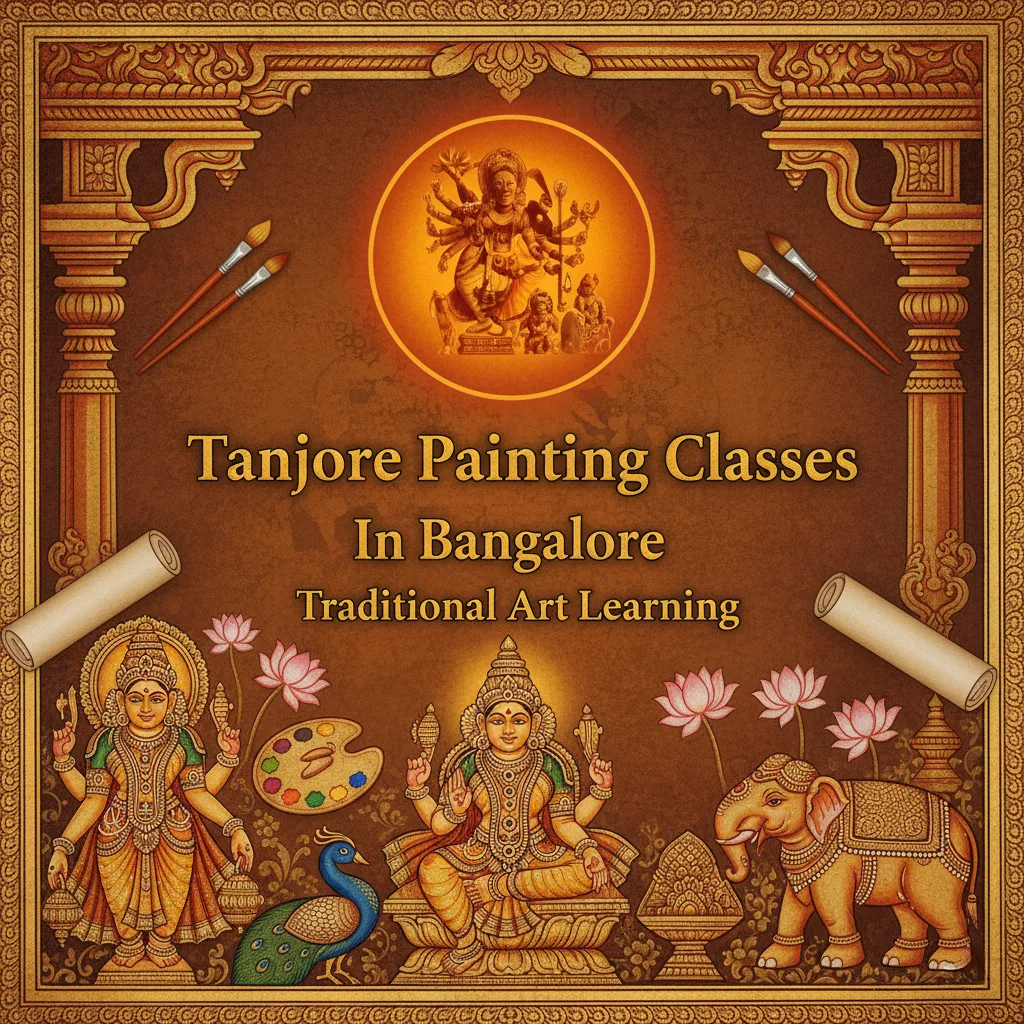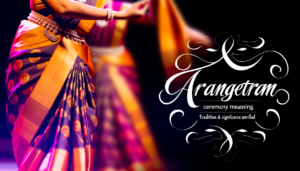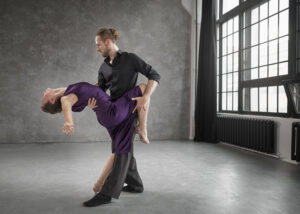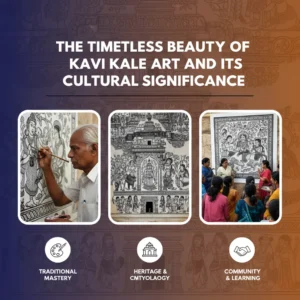Tanjore painting classes in Bangalore are a beautiful doorway into the world of divine art, where tradition and creativity meet. Known for their intricate detailing, rich colors, and embellished gold foil, Tanjore paintings hold a special place in Indian art history. At Kailasakaladhara, students of all ages can explore this ancient form of painting and bring to life the grace of deities like Krishna, Lakshmi, Ganesha, Murugan, Balaji, Radha Krishna, and more.
In this blog, we’ll explore the history, types, origins, and main characteristics of Tanjore paintings, along with why learning them is such a fulfilling journey.
What are the Types of Tanjore Paintings?
Tanjore paintings are known for their divine depictions, and different themes have evolved over centuries. Some popular ones include:
-
Radha Krishna Tanjore Painting – Captures the eternal love of Radha and Krishna with vibrant colors.
-
Krishna Tanjore Painting – Focuses on the playful and divine aspects of Lord Krishna.
-
Murugan Tanjore Painting – Highlights the valor and beauty of Lord Murugan.
-
Ganesha Tanjore Painting – Symbolizes wisdom, prosperity, and auspicious beginnings.
-
Peacock Tanjore Painting – Represents beauty, grace, and artistic brilliance.
-
Balaji Tanjore Painting – Depicts Lord Venkateswara with grandeur and devotion.
-
Lakshmi Tanjore Painting – Brings the goddess of wealth and prosperity into one’s space.
-
Venkateswara Tanjore Painting – Another celebrated depiction of Lord Balaji in divine detail.
 Who is the Father of Tanjore Painting?
Who is the Father of Tanjore Painting?
The origins of Tanjore paintings trace back to the 16th century under the rule of the Nayakas of Thanjavur. However, the art form reached its golden age under the Maratha rulers. King Serfoji II of Thanjavur is often regarded as the father of Tanjore painting because he encouraged artists, preserved this art, and promoted it across South India. His patronage ensured that Tanjore paintings blended tradition, spirituality, and technical mastery.
What is the Origin of Tanjore Paintings?
Tanjore paintings originated in Thanjavur, Tamil Nadu during the reign of the Chola dynasty. Initially created to decorate temples and palaces, these paintings became a medium to narrate stories of gods and goddesses. Over time, they evolved into household treasures, passed down through generations.
Today, tanjore paintings in Bangalore are increasingly popular as many art enthusiasts and learners are reviving the tradition with modern training while staying true to its roots.
The Main Characteristics of Tanjore Paintings
Tanjore paintings are instantly recognizable due to their unique characteristics:
-
Use of gold foil work that never loses its shine.
-
Bold colors with natural pigments.
-
Depiction of Hindu gods, goddesses, and mythological scenes.
-
Intricate ornamentation and 3D embossing.
-
Wooden boards as base instead of canvas.
These characteristics make tanjore painting images not just works of art but sacred possessions in homes and temples.
Learning Tanjore Painting in Bangalore
If you are passionate about exploring traditional Indian art, Tanjore painting classes in Bangalore at Kailasakaladhara are designed to guide you step by step. From beginners to advanced learners, every student experiences hands-on learning, techniques of embossing, stone fixing, and gold foil application.
The classes help you bring spiritual themes alive on wooden panels, ensuring your art reflects devotion, creativity, and cultural pride.
 Why Choose Kailasakaladhara?
Why Choose Kailasakaladhara?
-
Experienced mentors in traditional art.
-
Detailed training in both theory and practice.
-
Classes suitable for adults, beginners, and experienced learners.
-
Focus on iconic themes like Radha Krishna Tanjore painting, Krishna Tanjore painting, and Lakshmi Tanjore painting.
-
Personalized attention to students in small batches.
By joining, you not only learn painting but also immerse yourself in centuries of culture and devotion.
A Quick Glance at Popular Tanjore Paintings
| Painting Theme | Symbolism | Popular Among Students |
|---|---|---|
| Radha Krishna Tanjore Painting | Eternal love & devotion | High |
| Krishna Tanjore Painting | Joy, music, and playfulness | High |
| Murugan Tanjore Painting | Courage and valor | Medium |
| Ganesha Tanjore Painting | Wisdom, prosperity, new beginnings | Very High |
| Peacock Tanjore Painting | Beauty, grace, and divine symbolism | Medium |
| Balaji Tanjore Painting | Devotion and grandeur of Venkateswara | Very High |
| Lakshmi Tanjore Painting | Wealth and prosperity | High |
| Venkateswara Tanjore Painting | Spiritual blessing and divine guidance | High |
Conclusion
Tanjore painting is not just about art – it is about devotion, heritage, and timeless beauty. Learning tanjore painting classes in Bangalore at Kailasakaladhara allows you to connect with this tradition while mastering every brushstroke. Whether it is Radha Krishna Tanjore painting, Murugan Tanjore painting, or Balaji Tanjore painting, each creation becomes a treasure of spirituality and skill.
Kailasakaladhara has branches in Haralur, Jaya Nagar, BTM Layout, Hongasandra, and Chandapura, making it easy for students across Bangalore to pursue their passion for this divine art form.
Visit: https://kailasakaladhara.com/
FAQs
1. What is taught in Tanjore painting classes in Bangalore?
Students learn sketching, embossing, stone setting, and gold foil techniques.
2. How long does it take to learn Tanjore painting?
Beginners usually take 2–3 months to complete one detailed painting.
3. Are Tanjore paintings suitable for gifting?
Yes, they are considered auspicious and make perfect gifts for spiritual occasions.



